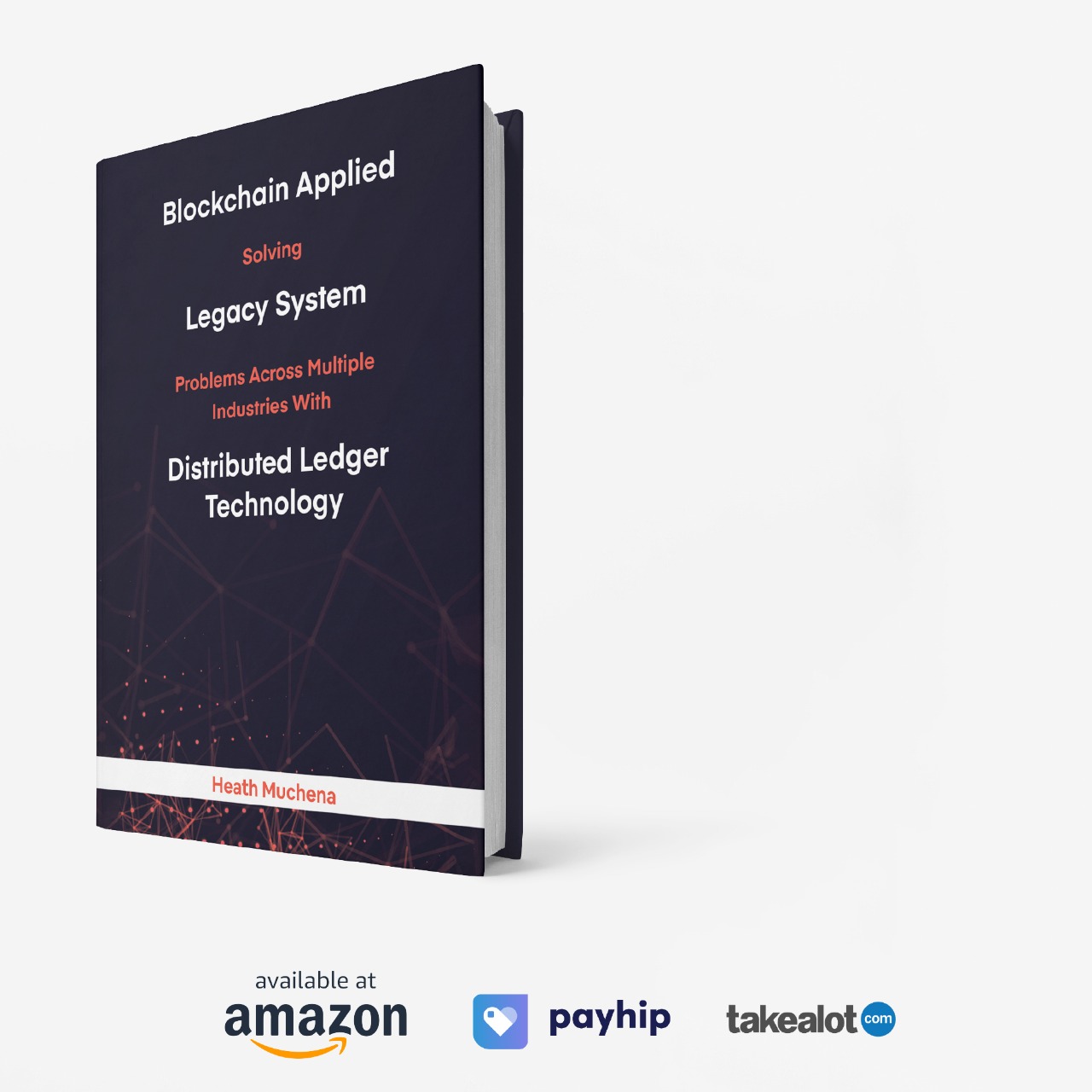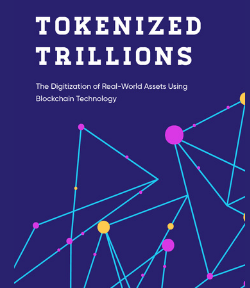
Why “self-learning money managers” is a real shift
Traditional automation follows fixed rules; it doesn’t improve with experience. By contrast, reinforcement learning (RL) treats markets as an environment where an agent takes actions (buy, sell, size, hedge), receives rewards (P&L/risk-adjusted return), and updates its policy to maximize long-term reward. In finance, RL and continual/online variants help agents adjust to regime changes instead of overfitting to a single backtest. Recent academic and industry overviews highlight RL’s suitability for dynamic sizing, inventory control, execution, and risk in non-stationary markets.

In crypto, this evolution matters because execution, accounting and custody can all be automated on-chain, letting agents both reason and act without human middlemen. Venture and ecosystem essays now explicitly frame autonomous, policy-bounded DeFi agents as the next UX leap: users express intents, agents translate them into multi-step on-chain actions.

Three case studies at the edge of agentic finance
1) Shekel (Virtuals ecosystem) — “spin up a fund, let the agent manage”

What it is. Shekel sits inside the Virtuals Protocol (a Base-native platform for launching and co-owning AI agents). Shekel’s product pitch: permissionless “funds” that can be fully human-run or AI-managed, with staking that shares profits and fees from every fund under the brand’s umbrella. The flagship agent “Rabbi Schlomo” executes autonomously on Base.

How it learns. In a Shekel-style fund, the agent’s loop looks like:
data ingestion → signal & allocation policy → execution (swaps/LP/stake) → realized reward (P&L) → policy update. That last step—continuous learning—is where Shekel’s “AI-managed” framing departs from basic bots: policy weights can be refreshed as new episodes (trades/epochs) settle, using RL/continual-learning concepts seen in recent finance literature.
Where it trades. The SHEKEL token is live on Base (DEXs such as Uniswap), with active market pages on data sites.
2) Bankr — chat-native execution with an agent behind the scenes

What it is. Bankr is a social, chat-driven AI agent that lets users swap, bridge, research and place orders by typing on X/Farcaster or via a private terminal—“DM-to-trade.” The project is positioned as a leading Base agent and has described support for multichain actions and advanced order types.

Why it matters. Bankr’s “intent → plan → execute” pipeline exposes the agentic model to the mainstream: the user states a goal (e.g., “buy 300 USDC of ETH, DCA weekly”), and the agent translates that into a multi-step plan with safeguards. The team has also navigated platform-policy risk (a brief X suspension and reinstatement), underscoring a real-world constraint for social-embedded agents: distribution can be throttled, so robust fallback UIs and kill-switch limits are essential.

Token/venue. BNKR is the Bankr ecosystem token; public explainers note it powers fee/value capture for the agent and that Bankr is backed by Base-aligned venture. Check the project’s channels for current pools/pairs as listings evolve.
3) WAI Combinator — an “accelerator agent” for agents
What it is. WAI Combinator is presented as an autonomous accelerator agent (also within the Virtuals universe) designed to support early-stage AI × blockchain projects—curating, funding, and iterating agent ideas. Think of it as an agent that helps grow other agents. Project trackers and profiles describe its role and contracts on Base.

Where it trades. WAI is tradable on Base DEXs (e.g., Uniswap V2 on Base; common pairs include WAI/VIRTUAL).
Why it’s interesting. If Shekel and Bankr are applications, WAI is meta-infrastructure: it can learn which agent ideas, markets, or rollouts work best and reallocate resources toward them over time—turning the accelerator itself into a continual-learning portfolio manager.
Under the hood: how these agents actually “self-learn”
While specifics vary by team, the technical pattern rhymes with modern RL:
-
State & features. On-chain balances, fills, price paths, volatility, liquidity depth/impact, plus off-chain context (news, social).
-
Policy. A function (neural policy or hybrid rule-net) mapping state → action (trade, size, hedge, hold, route).
-
Reward. Risk-adjusted P&L, sometimes shaped by constraints (drawdown, VaR, inventory).
-
Update. Continuous/continual learning: off-policy or online methods periodically update the policy with fresh data so the agent adapts to regime shifts (e.g., volatility spikes, liquidity droughts) without catastrophic forgetting.

Industry explainers and surveys in 2024–2025 reinforce why RL is a natural fit for dynamic sizing and execution—and why policy bounds (per-day spend caps, circuit breakers, withdrawal-disabled keys) are mandatory for safety.
Effectiveness, risks, and the new ops discipline
What works now
-
Intent UX → execution (Bankr): Lower friction drives usage; the agent handles orchestration.
-
On-chain track records (Shekel-style funds): Verifiable P&L builds trust faster than opaque CeFi products.
-
Ecosystem flywheels (WAI): Discovery, support, and iteration for agent projects compounds learning.

Top risks to manage
-
Overfitting/regime change: Great backtests, weak live P&L—solved with continual learning + validation windows.
-
Distribution/platform risk: Social agents must survive policy swings—Bankr’s X episode is a cautionary tale.
-
Security/privilege: Run least-privilege API keys, hard caps, human kill-switches; never grant withdrawal permission to third-party agents. (Industry best-practice guidance.)
Where this is heading: >$1B in agent-managed AUM by 2028
Putting the pieces together—user-friendly intent UX (Bankr), verifiable on-chain fund logic (Shekel), and meta-acceleration (WAI)—it’s reasonable to project >$1 billion in agent-managed AUM by 2028. The drivers:
-
Friction collapse from chat → trade pipelines and Base-native costs.
-
Token-aligned incentives that share fees/profits with stakers, seeding early AUM.
-
Learning curves: continual-learning policies that get measurably better with data and time.

Is this guaranteed? No. But with credible teams shipping, DEX liquidity in place for the key tokens (SHEKEL on Base/Uniswap; WAI on Uniswap V2 Base; BNKR as the Bankr ecosystem token with Base integration), and mainstream education about DeFAI rising, the adoption S-curve already has its early slope.
Tokens & venues
-
SHEKEL (Shekel / Rabbi Schlomo by Virtuals) — Base, active on DEXs such as Uniswap; tracked by major data sites.
-
BNKR (Bankr) — Bankr’s ecosystem token; project materials describe Base alignment and pools; verify current listings.
-
WAI (WAI Combinator) — Base, Uniswap V2 (Base); common pair WAI/VIRTUAL.
Bottom line
We’re moving beyond fixed-rule bots. Shekel shows how funds themselves can be AI-run, Bankr brings self-learning execution to the everyday user via chat, and WAI Combinator compounds the ecosystem’s learning by accelerating the next cohort of agents. With RL-style continual learning and on-chain verifiability, the finance “copilot” is turning into a money manager—and it’s learning every block.






